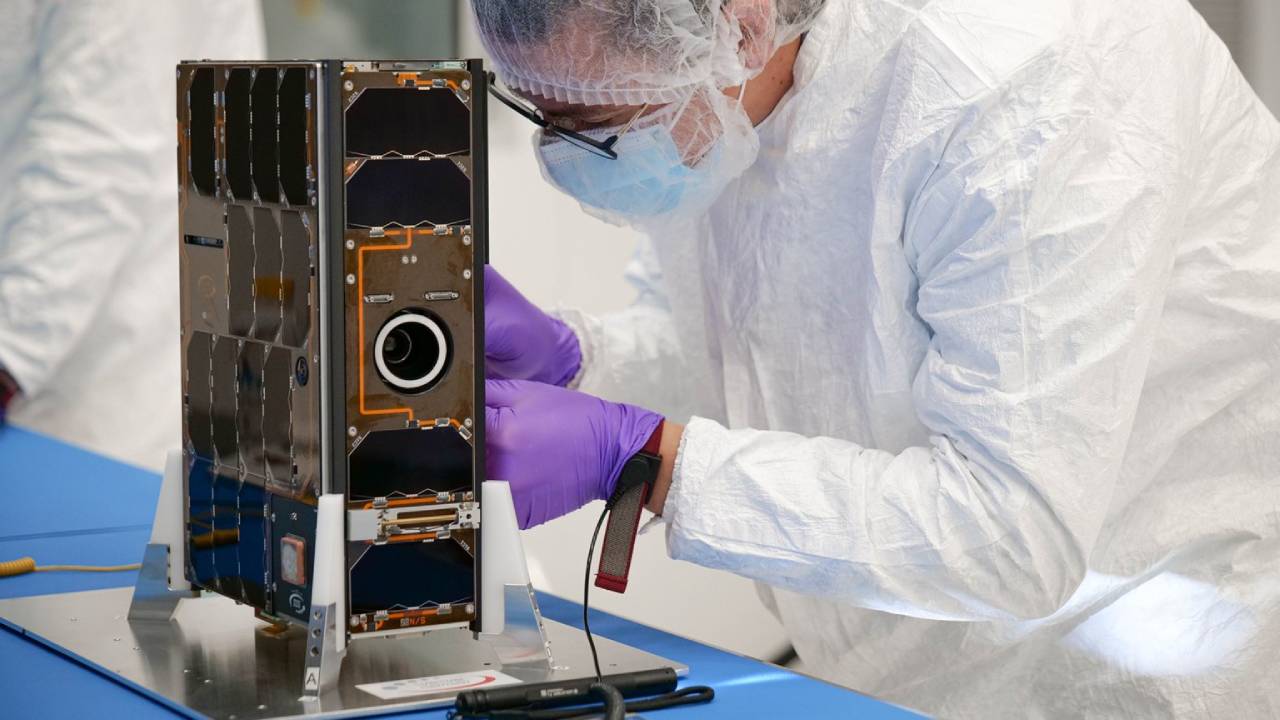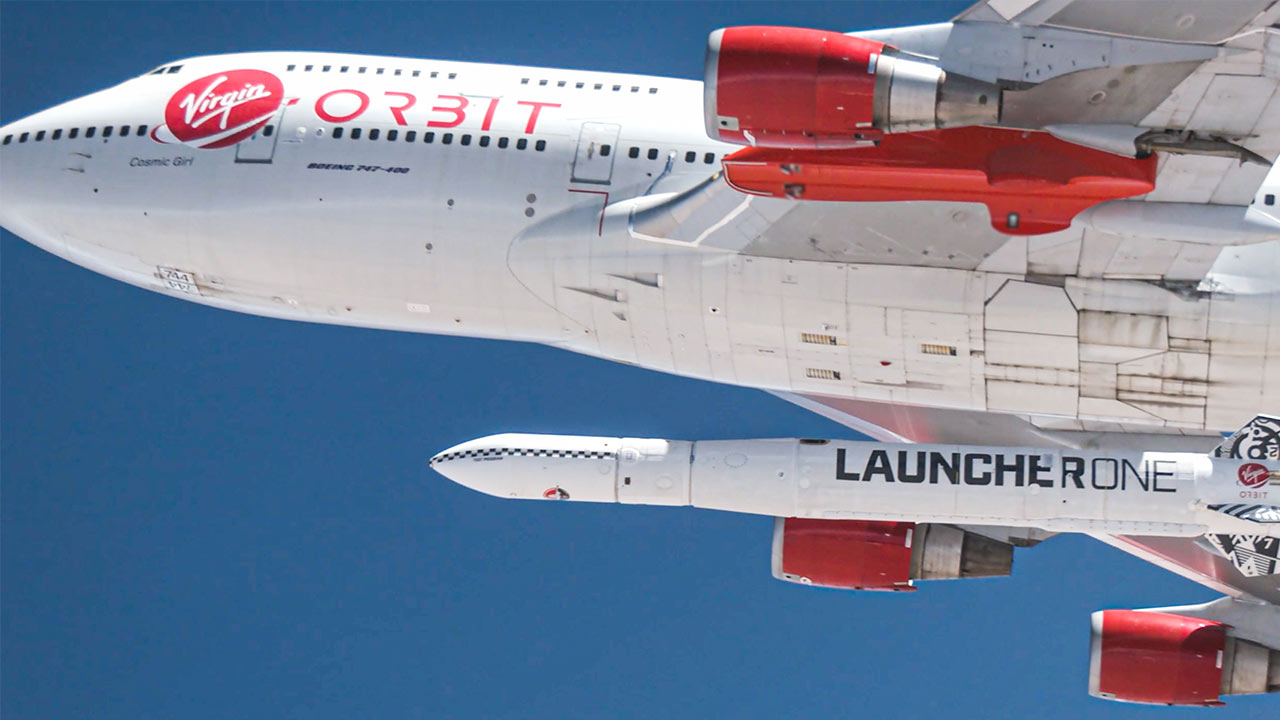Last week, the first Dutch satellite was successfully launched. At 16:47 on the 30th of June, with the use of a Virgin Orbit Boeing 747, the Royal Netherlands Airforce launched the experimental BRIK-II nanosatellite into orbit. Being named after the first aircraft of the Royal Dutch Airforce in 1913, it marks the beginning of the operationalization of possibilities within the space domain.
The recognition of space as a crucial pivot point for the future of the Dutch military was already described in their publication Defence Vision 2035. For things such as communication and navigation the Dutch armed forces remain reliant on satellites, and as such it is important to develop an autonomous sector with Dutch industry and research institutes. This is part of the Defence Space Agenda that will be published after the Summer.
The advantage of home-grown nanosatellites
The rapid development of nanosatellites over the last decade has created new possibilities for military and civilian space activities. They are less expensive and more flexible than traditional satellites and allow for faster development and deployment due to their smaller size and more task-oriented design. In combination with the involvement of Dutch partners, this ensures logistical flexibility while keeping the costs of such technology low. A larger number of satellites also has the distinct advantage of reducing the vulnerability of the system as a whole.

The two prime Dutch partners in the development and deployment of the BRIK-II were Innovative Solutions In Space B.V. (ISISpace) and the Royal Netherlands Aerospace Centre (Royal NLR). ISISpace has become a world leader in these compact systems and cooperated with the Royal NLR to develop the BRIK-II for the Royal Netherlands Airforce. Specifically, the hull and frame were designed and integrated by ISISpace, with several new technologies having been developed by the Royal NLR, which have been put into practice on board the experimental satellite. The main functions of this first satellite will be mapping fluctuations in the ionosphere and providing Store and Forward capabilities from space. In the end, this particular CubeSat aims to demonstrate the impact and relevance that such nanosatellites can have for Dutch military communication and information management.
Overall, this development signals a historical first step into the space domain for the Dutch military. The current aim is to launch further satellites over the coming years, with two being planned to launch in mid-2022.
